Private Hospital Joins Forces to Provide Better Healthcare through Radiology Image Sharing in eHealth
The sharing of radiology image in eHealth could encourage patients in public hospitals to receive radiological examinations in private hospitals and return to public hospitals for follow-up treatments. The triage of patients to private sector for radiological diagnosis services could optimise the use of resources and reduce patients’ waiting time for the public health services.
The sharable scope is progressively expanded under the stage 2 development of the Electronic Health Record Sharing System (eHealth). The latest one was that the public hospitals under the Hospital Authority (HA) Clusters had taken the lead to share radiology image since March 2021, while private hospitals and individual private healthcare providers (HCPs) had also started sharing radiology image by phrases since mid-2021. The St. Teresa’s Hospital (STH) is the first private hospital to share radiology image in eHealth. Dr. Cheng Pui Wai, radiologist-in-charge of the Scanning Department, revealed that STH started early to adopt digital radiology images several years ago and full implemented by end-2016. Therefore, STH has been operating smoothly in sharing radiology image in eHealth with the well preparation of matching infrastructure and technology.
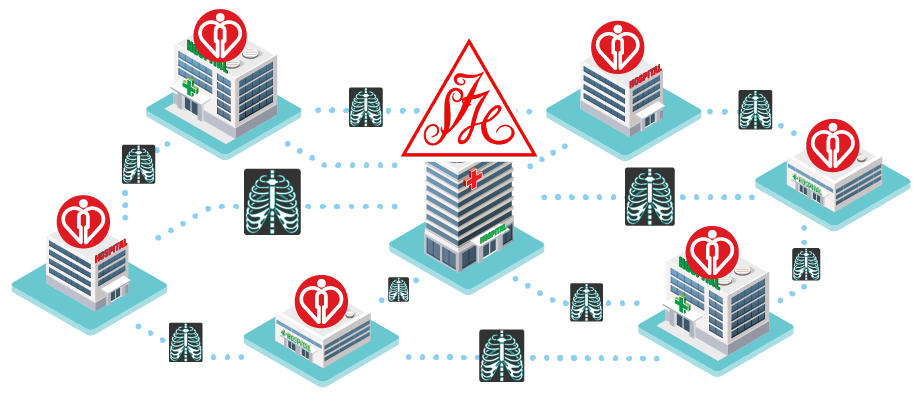
Digitalisation of Radiology Image Brings in Many Benefits
Dr. Cheng highly recognised STH’s effort of being the pioneer in adopting digital radiology image. “In the years when X-ray films prevailed, my office was occupied by loads of X-ray films which led to issues of storage capacity and difficulty. The benefits of digital radiology image are convenient, efficient and safe. Healthcare staff no longer need to run through different places to obtain the X-ray images from patients, relevant departments or other HCPs. Digitalised radiology images are automatically processed, transferred, utilised and stored by computer system. It would be less prone to human errors such as mistaking, wrong packing and delivery of films. Therefore, apart from the Scanning Department and other frontline healthcare staff, more importantly patient safety would be enhanced as well. Now I seldom use the light boxes for viewing the X-ray films.” said Dr. Cheng.
Another merit of digitalised radiology image, according to Dr. Cheng, is to facilitate doctors understand patients’ conditions more accurately, “People often says, ‘A picture is worth a thousand words’, in fact a radiology image could tell the medical condition more precisely than word description. With the digital radiology image, I could magnify the images exactly with ease to compare with the previous and latest versions, in order to understand the change of condition and the details of the affected parts. Then, patients would have more confidence on my diagnosis.”
He stated that more patients went to private hospitals to take radiological examination after the sharing of radiology image in eHealth. “That’s pretty easy to understand. Since we already shared radiology images with HA, patients in public hospital can come here to receive radiological examination or diagnosis, and then return to public hospitals for follow-up treatment. Doctors at public hospitals can view the radiology images we shared on eHealth that patients do not require to bring back the images and reports again. It’s convenient and time-saving. Such public-private partnership enables the triage of some patients to private hospitals or laboratories, thus reducing the waiting time for services by public hospitals. That’s a multi-win situation for the public and private hospitals, patients and even the entire medical system.” he explained.
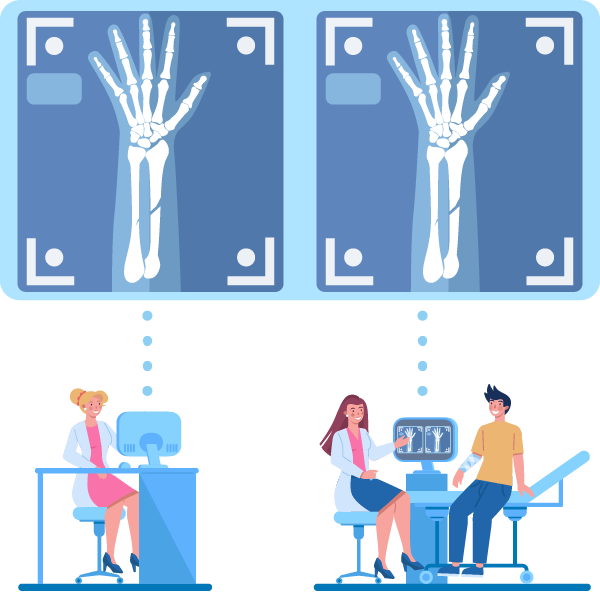
Invest to Enhance Computer System Is the Key
To join eHealth, HCPs are required to allocate more resources to enhance their computer systems, and respective manpower to standardise the data format and information. Dr. Cheng admitted the requirements for server and network are high for digitalisation of radiology images, particularly the need of adequate bandwidth for transferring digital radiology images of high resolution. At initial start, STH had already invested much resources to upgrade the computer system and network equipment, so as to upkeep a smooth transfer of radiology images.
He considered that no private hospitals and medical laboratories would resist to sharing radiology images. There were mainly two concerns: resource allocation and privacy protection. “Resource allocation lies on the consideration of investment returns, including upgrade of the performance and compatibility of computer system to match the market demand. For privacy protection, I think that under the current mechanism, the adoption of encryption technology in the transfer process can reduce the risk of data leakage and ensure only authorised person is allowed to access the relevant data.” he said.
As technology advances, Dr. Cheng was confident in having more categories and higher resolution of radiology images to be shared in the coming future, which becomes to play a key role in effective clinical diagnosis and treatment. He anticipated that more HCPs would join the sharing to allow more doctors access to their patients’ radiology images in eHealth for a more accurate assessment of patients’ conditions, with a view to optimising resource utilisation in the public and private sectors and enhancing the efficiency of healthcare services.
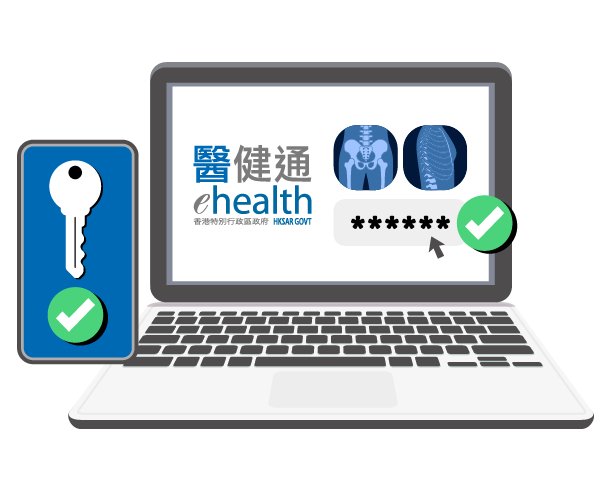
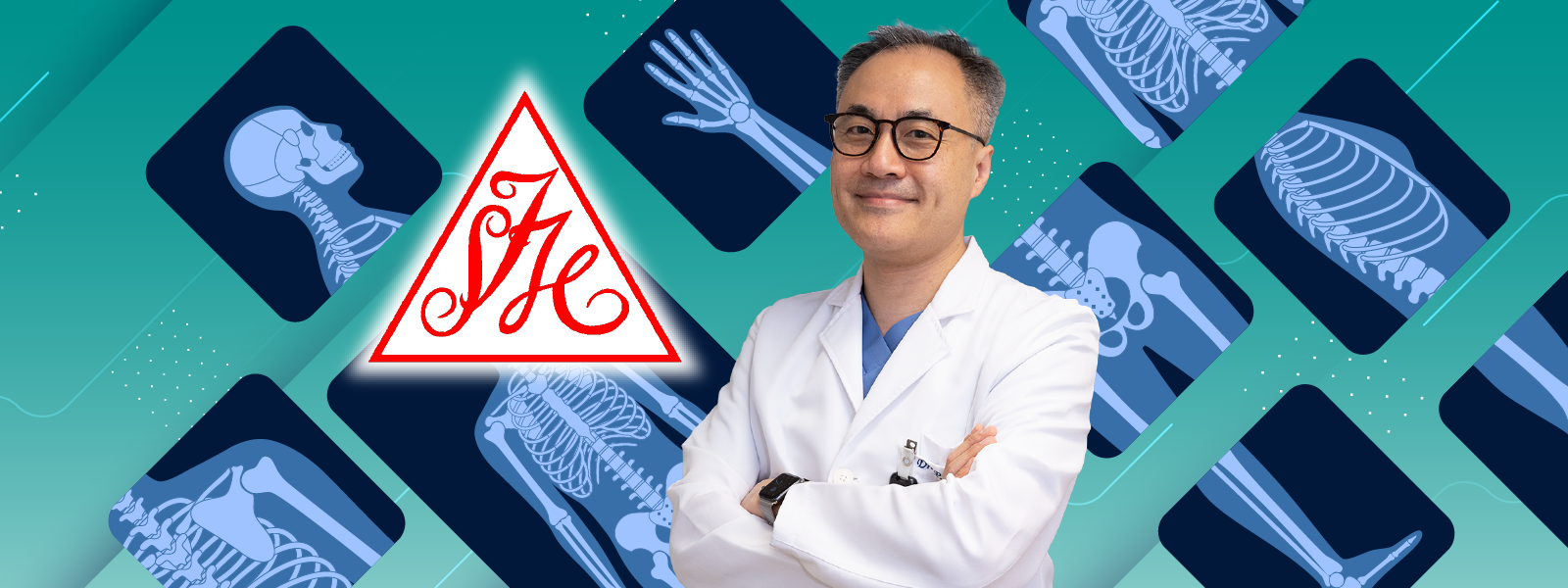





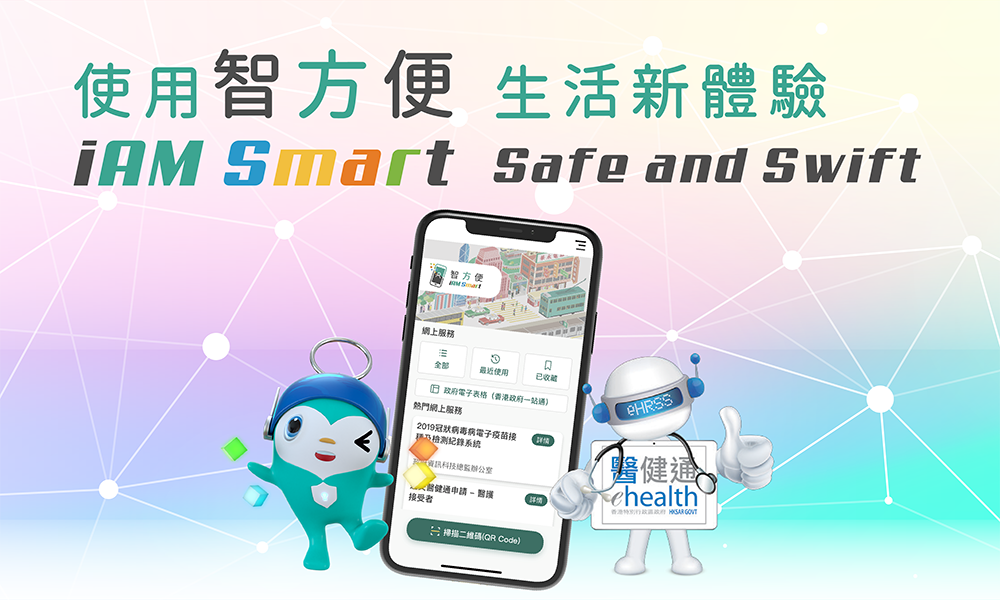
 Download PDF (Full Version)
Download PDF (Full Version)



